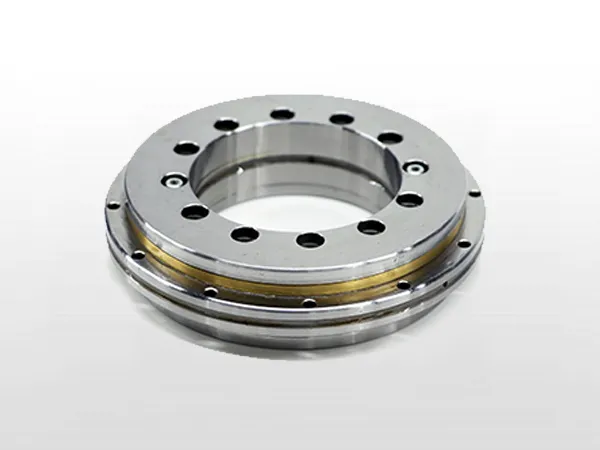
BRT Rotary Table Bearings
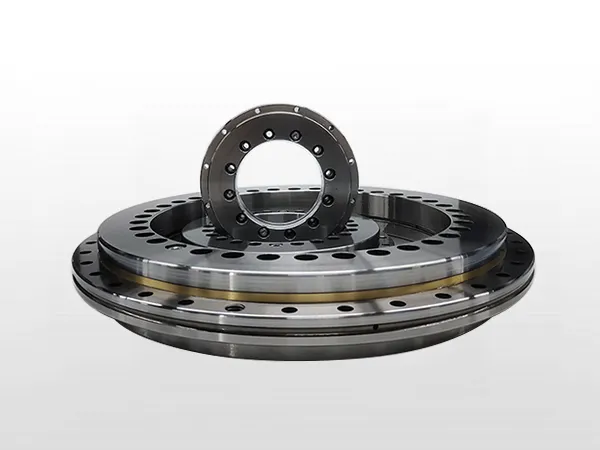
BRTS Rotary Table Bearings
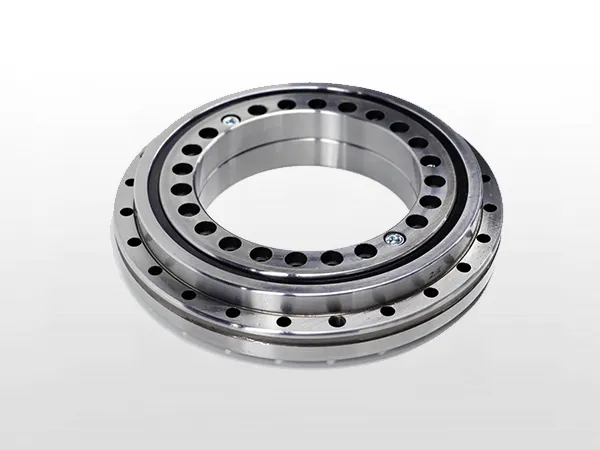
BLDF Rotary Table Bearings
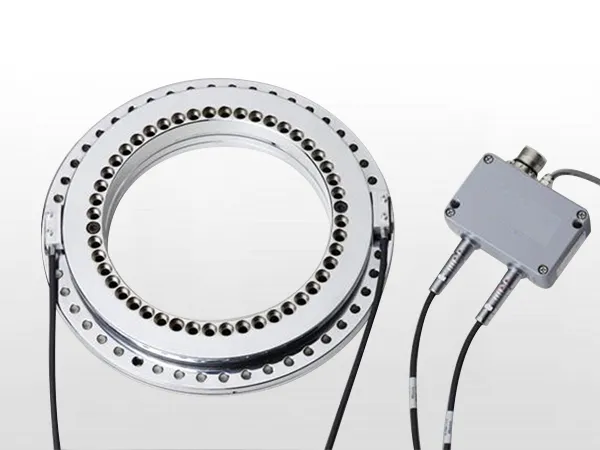
BRTM Rotary Table Bearings
A rotary table bearing is a specialized type of bearing used in rotary tables, which are commonly found in machining and manufacturing equipment.Rotary tables are used to hold and position workpieces during machining operations, such as milling, drilling, and grinding. The rotary table bearing allows for smooth and precise rotational movement of the table.
The design of a rotary table bearing is similar to that of a turntable bearing or slewing bearing. It typically consists of an inner ring, an outer ring, rolling elements (balls or rollers), and sometimes a gear or toothed track on one of the rings. The rolling elements are positioned between the inner and outer rings, reducing friction and enabling smooth rotation.
Rotary table bearings are designed to handle axial, radial, and moment loads simultaneously. They are capable of supporting heavy workpieces and transferring the forces generated during machining operations. The high precision and rigidity of these bearings ensure accurate positioning and stability during rotational movement.
There are different types of rotary table bearings available, such as single-row ball bearings, double-row ball bearings, crossed roller bearings, or three-row roller bearings. The choice of bearing type depends on the specific requirements of the application, including load capacity, rotational speed, and accuracy.
Rotary table bearings may also feature a built-in gear or toothed track on one of the rings, allowing them to be used in indexing or positioning applications. The gear or track interfaces with a motor or other drive mechanism, enabling controlled and precise angular positioning of the rotary table.
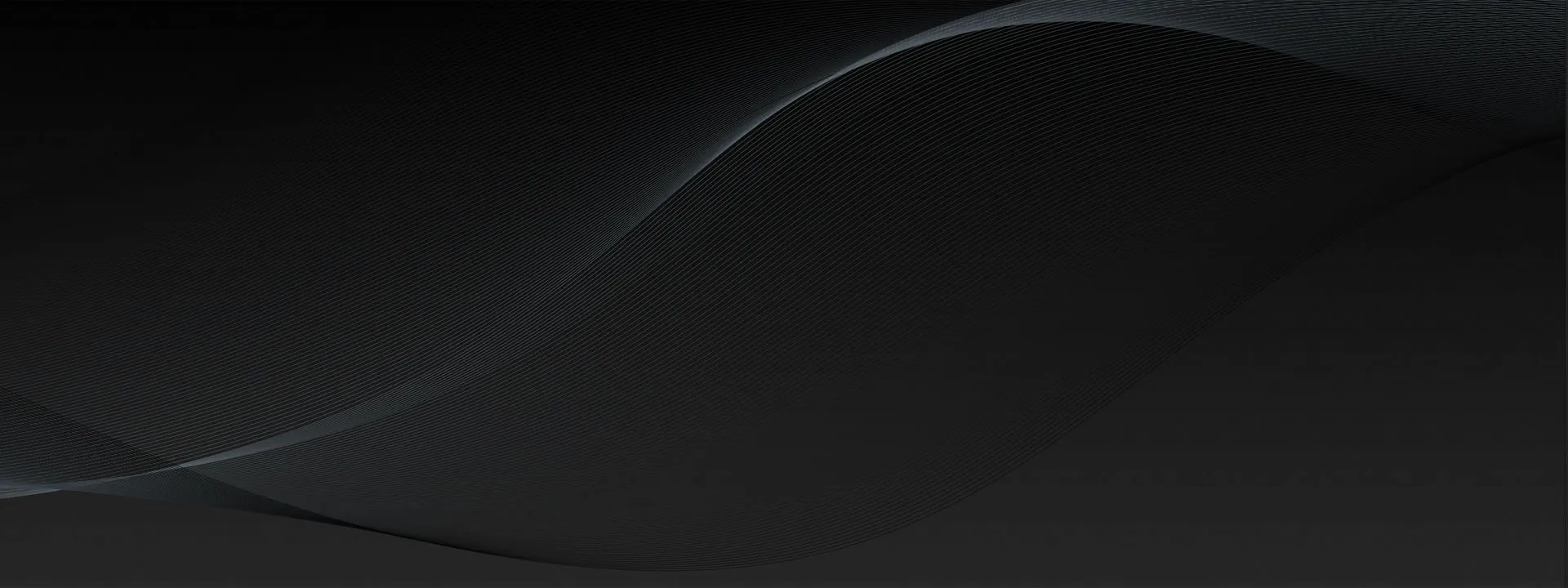
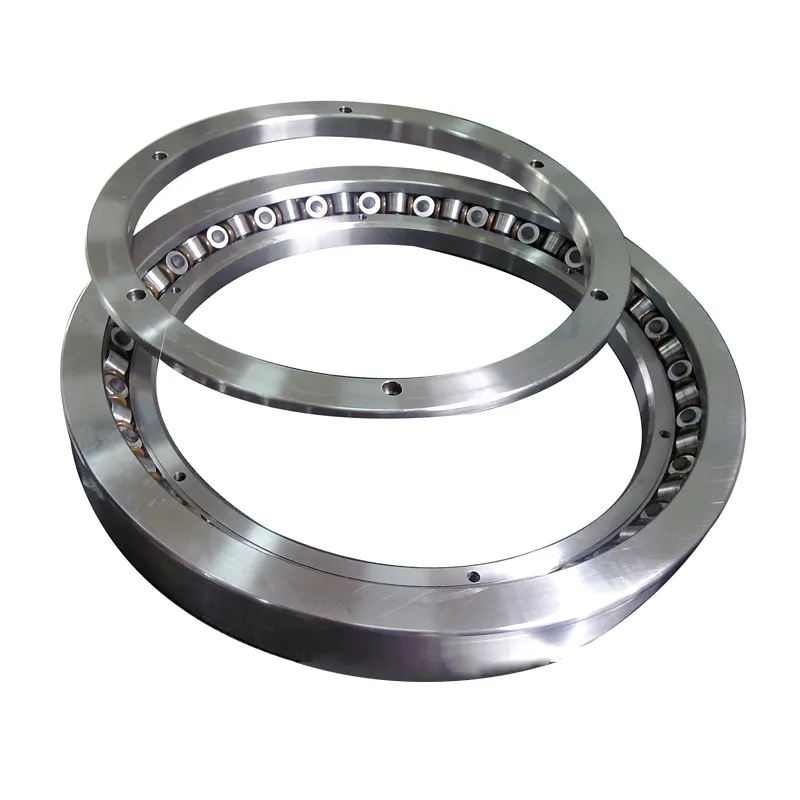
What are the differences between cylindrical roller bearings and tapered roller bearings?
Cylindrical roller bearings and tapered roller bearings are two common types of roller bearings used in various mechanical applications. They both serve to reduce frictio...
View Details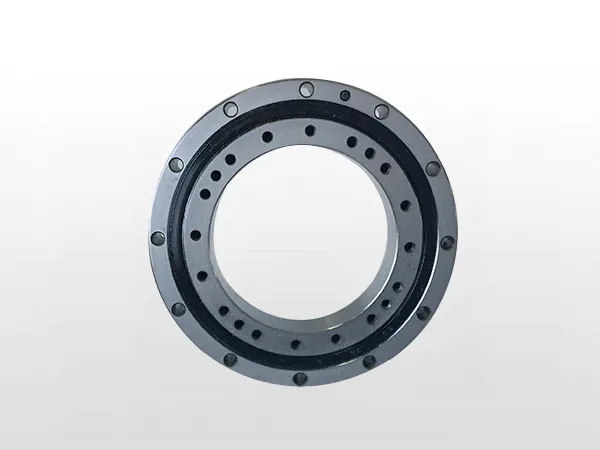
How to install cross tapered roller bearings
Crossed tapered roller bearings are high-performance bearings that are mainly used in high-speed machine tool applications, equipment with high rotational accuracy requir...
View Details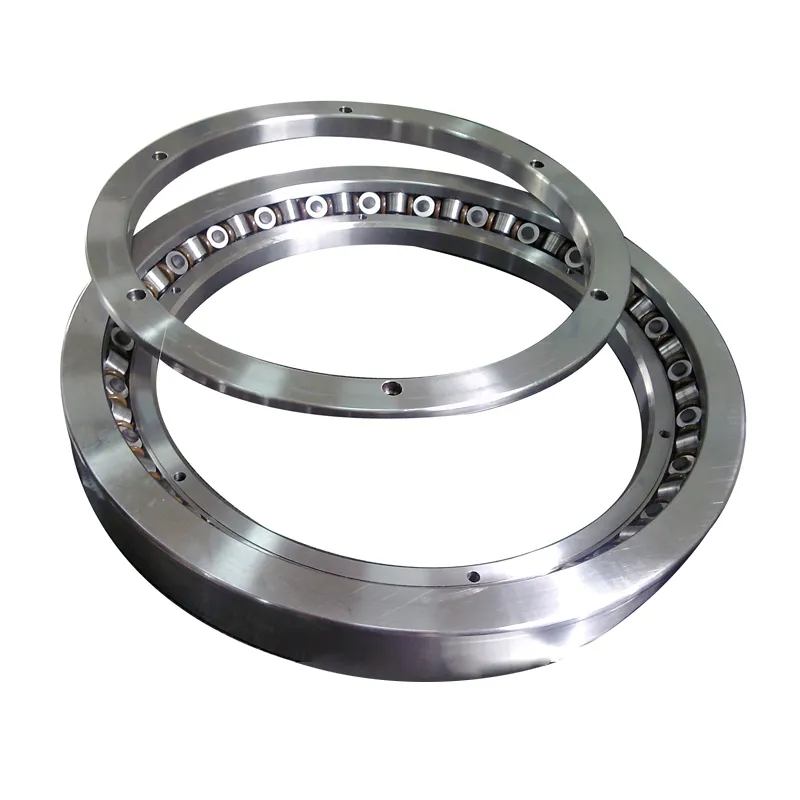
What is the speed range of crossed tapered roller bearings?
Crossed tapered roller bearings are a type of precision bearing designed to handle both radial and axial loads, offering high rigidity and compact design. They are common...
View Details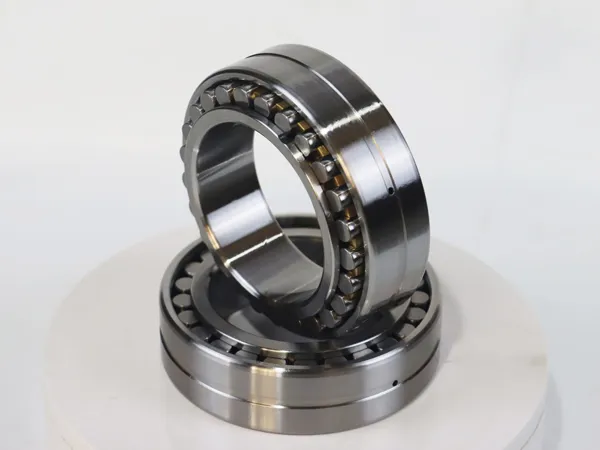
What is the difference between roller bearings and ball bearings?
Both roller bearings and ball bearings are rolling bearings used to reduce friction and support radial and axial loads in rotating applications. They differ significantly...
View Details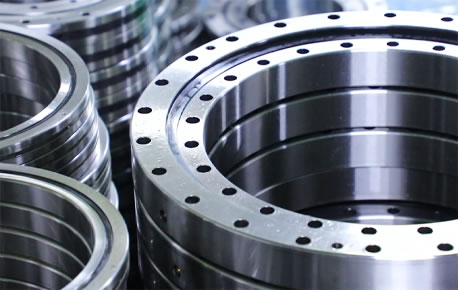
What factors should be considered in the design and assembly of crossed roller bearings?
The design and assembly of crossed roller bearings are key links to ensure their performance, life and stable operation of the entire mechanical system, and are also key ...
View Details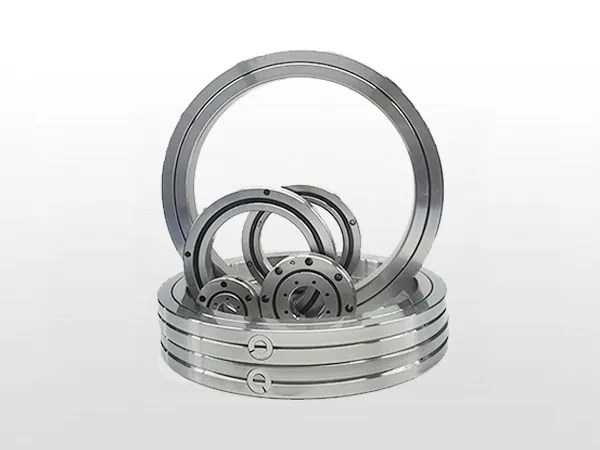
What are the types of harmonic reducer bearings?
Harmonic reducers, also known as harmonic drive gears or strain wave gears, are precise mechanical devices used to reduce speed and increase torque in various application...
View Details